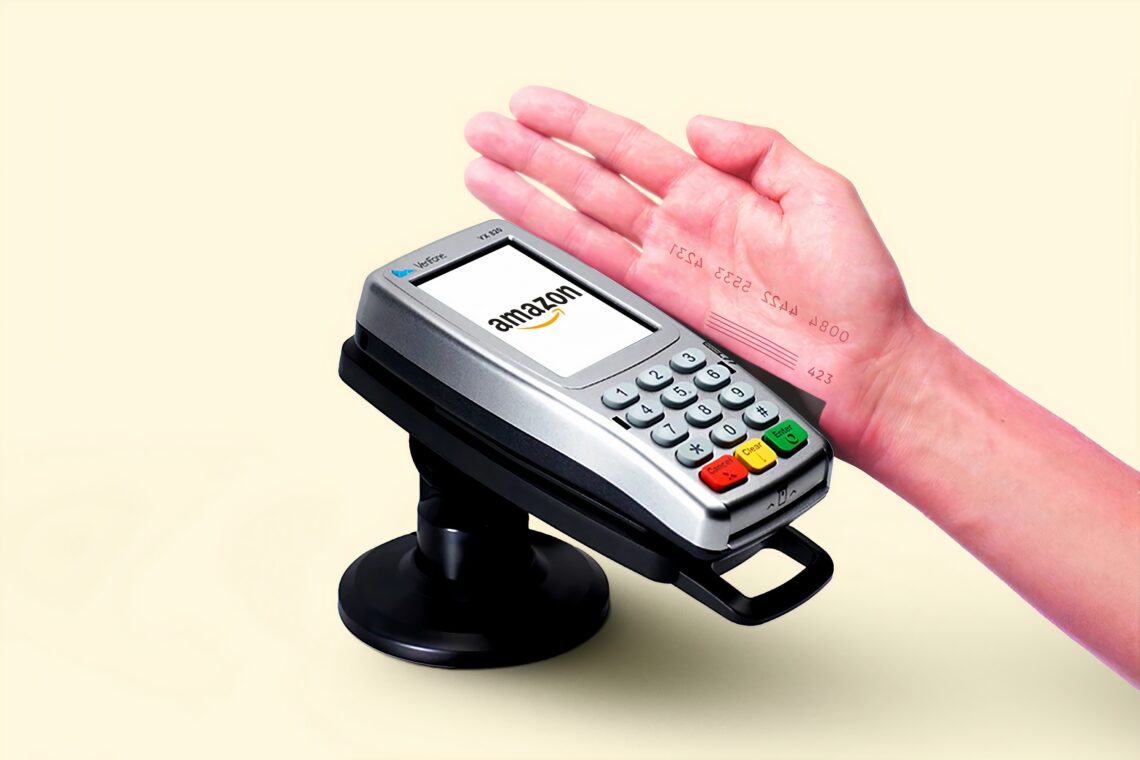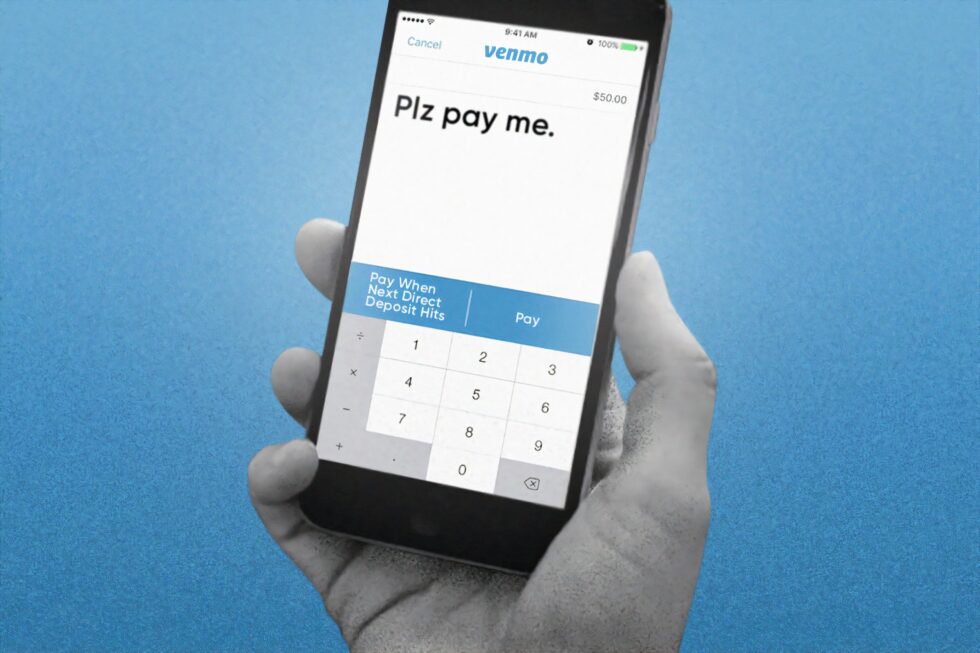Acquirers and PSPs are under pressure from falling margins and increased competitive pressure. They must reinvent their business model and expand their value creation. In the process, value-added services such as data analytics, couponing and loyalty are moving back into focus. However, payment itself has become too interchangeable and other players have long since improved the implementation of value-added services;
“Without attractive value-added services, mobile payment will not become established among the broad masses. Customers also want to be able to use additional services such as coupons.
One way or another, this was read everywhere five years ago. Back when there was no Apple Pay or Google Pay. When mobile payment methods were often designed as pure prepaid products, sometimes still with NFC stickers stuck to the phone. If you wanted to use the NFC interface of your Samsung Galaxy S3 for payment, you first had to apply for a new SIM card from your mobile operator. When you had to pay fees for topping up your prepaid account and you had to fear problems and embarrassing situations at the checkout every time you paid;
In short, mobile payment was not sexy and was not meant to be customer-driven. It didn’t solve a problem, but was the dream of technology-oriented product managers who wanted to do something because it was technically possible and new.

And as so often when a big plan fails, many reasons for failure were found and ways to invest even more money in a business model that does not work. Nobody really made it back then, all the mobile phone operators withdrew from the field. Apple and Google Pay prevailed – from the customer’s point of view: no recharging, no fees, no separate app, no SIM card.e.g;
What also remains is the concept of value-added services and a payment world that is in the process of reinventing itself. But where exactly are we at the moment? Can multi-services help to make payment profitable again?
For this we have to go back in time a little further. When credit cards came up, there was no internet and no online shops. People would shop in stores and pay in cash or by check. Especially with large sums and payments in foreign countries this was difficult. A cheque could bounce and the money case was rather an uncertain option for the customer;
The solution: A call from the merchant to the credit card organization. Another call from the credit card organisation to the issuing bank, a look into the Leitz folder with the customer’s account and the release of the amount by telephone. Voilà, card payment was born, although not yet as we know it today. It was followed by imprinters (the Ritsch-Ratsch machine that copies cards onto paper) and at some point credit card terminals. And the card network that the Schemes built up, a real infrastructure that did not yet exist in this form
Paying by credit card was a huge business for everyone involved. Payment itself was a product and solved a problem. Charges of 3-5% were not uncommon. Credit cards conquered the world.
In the meantime, the infrastructure of the schemes is virtually obsolete, the Internet has taken over. The fees are regulated, at least in Europe, and many issuers find it difficult to operate profitably with the low margins (especially since Apple and Google are still holding out their hands here). And there is so much competition that the large volumes are hardly worthwhile for acquirers. Prices of less than one basis point (i.e. less than 0.01%) are sometimes demanded and also offered. And again, it is the value-added services that are supposed to be used to open up new sources of revenue. Topics such as data, analytics and BI, but also loyalty, marketing and other topics are again being discussed more intensively.
Of course they still exist, the really big challenges in payment. The globally active customers who want to process payments worldwide via one platform. The complex marketplace models, where operators and acquirers reach their limits both technically and legally. The buzzword “Omni-Channel”, often just a testimony to the fact that, thanks to outdated technology, acquirers are not able to process POS and eCommerce transactions via the same platform. 
But what about all the others? Does the payment still play such a big role or is it just there? Does a seller of sneakers in Prenzlauer Berg really want value-added services as an additional service to his terminal?
If one approaches the question in a more analytical way, the following picture emerges:
- A “Dealers” has products in his inventory that he wants to distribute. This can be a sneaker, but also a service like a haircut or a portion of spaghetti carbonara;
- The dealer has a “Frontend” through which he offers his goods. This can be a retail shop, but it can also be an online shop. Or, and this is important: any other channel, including marketplaces like Ebay, Amazon and Zalando or reservation platforms like open table or Expedia.
- Meet each other “Customer” and “Trader” on “Frontend” in the ideal case, it comes to a “Transaction“. dealer and customer will agree and a contract will be made;
- Only now is the whole “Logistics“. The product must be handed over or delivered to the customer, must be paid by the customer. This is where PSPs and acquirers finally come into play, provided that the customer does not pay in cash;
Yes, that’s very simplified. But it shows very strongly that payment is not the focus. Both trade and the service industry have become more complex in recent years. The number of sales channels is increasing. There is hardly any way around the marketplaces, as many customers no longer search for their desired product on Google, but directly on Amazon etc. The competitive pressure caused by ubiquitous comparability, price transparency and customer evaluations is immense. Thanks to Facebook, Instagram and Google, there are increasingly targeted advertising opportunities and communication channels. But even these have to be used skilfully and, to the horror of some companies, are not a one-way street. The staff has not been made up of trained specialists for a long time now, and fluctuation is high, especially in the retail sector;

Some people in the payment industry don’t want to admit it, but for many companies payment is the least of their problems today. In the worst case only an annoying evil, like the telephone contract, which you have to cancel every few years to finally be offered better conditions. Whereby the comparison is somewhat misleading, mobile phone providers differ technically quite strongly in the quality of the network. There are hardly any big differences in quality in payment processing. At most in the quality of the customer service, the simplicity of the customer portal, etc.
And so, in a relatively short period of time, a number of other players have developed into serious players who take a holistic approach to the topic – and put the retailer at the centre of attention. On the one hand, there are platforms such as Shopify (market value: 109 billion euros) and Square (50 billion). Both offer solutions for stationary business and for online trading. Both also offer solutions for accounting, shipping and online loans, help with sales via Amazon and Ebay and provide everything needed to promote the products through the most important channels. And before we forget: Value added services (loyalty, vouchers and analytics) and payment are of course also included. With one big difference: the merchant gets a working card payment option, but has little influence on which service provider handles the payments. Shopify leaves it up to each merchant to choose a different payment service provider, but charges a fee of up to 2 %, which should eliminate any competition.
But not only the large platforms play a role. More and more SaaS (Software-as-a-Service) providers deliver complete solutions for specific industries. Whether pharmacy, optician or fitness studio, everything that is needed is included. From the connection to the health insurance companies, on-demand ordering of glasses and frames to the management of subscriptions and access cards in the fitness studio;
What is evident here is the willingness of many companies to compromise. In favour of a well-functioning overall solution, payment is cut back and a lack of girocard acceptance, a very limited choice of online payment methods and higher fees are accepted;
To Clayton M. Christensen in his book “The Innovator’s Dilemma” each product goes through different phases of competition. In the beginning, the focus is on performance, i.e. the functionality of a product. When all needs are covered, reliability comes into play. Then comes convenience, in other words convenience and user experience. When products in these three categories no longer differ from each other, the fourth phase comes into play, “commoditization”, and the competition revolves almost exclusively around price;

For most customers, classic payment has long since reached the fourth phase. Value-added services that revolve around payment will hardly change anything here. Competition is shifting more and more into the area of platforms and SaaS solutions, where the additional services can be integrated much more deeply. There is still room for improvement here. There are still new industries to be developed and gaps in the functional scope. Shopify and Co. still play a role, especially for small merchants, and are not perceived by some payment service providers as major competitors. The big airlines, retailers and hotel chains are even more profitable than the long-tail.
But also here a look into the book is worthwhile “The Innovator’s Dilemma”. Disruptive technologies start at the lower end of the market, offer below-average functionality at lower margins and are not relevant to industry sizes. After that, however, the range of functions increases steadily and the gap is closed. Often they are smiled at first and only noticed by the established players when it is already too late
Payment service providers are currently buying additional services and expanding the value chain. And currently all platforms are still working with partners like Stripe. It’s only a matter of time before these changes and the first platforms go on a shopping spree. In many industries, payment is already just one feature among many others;
